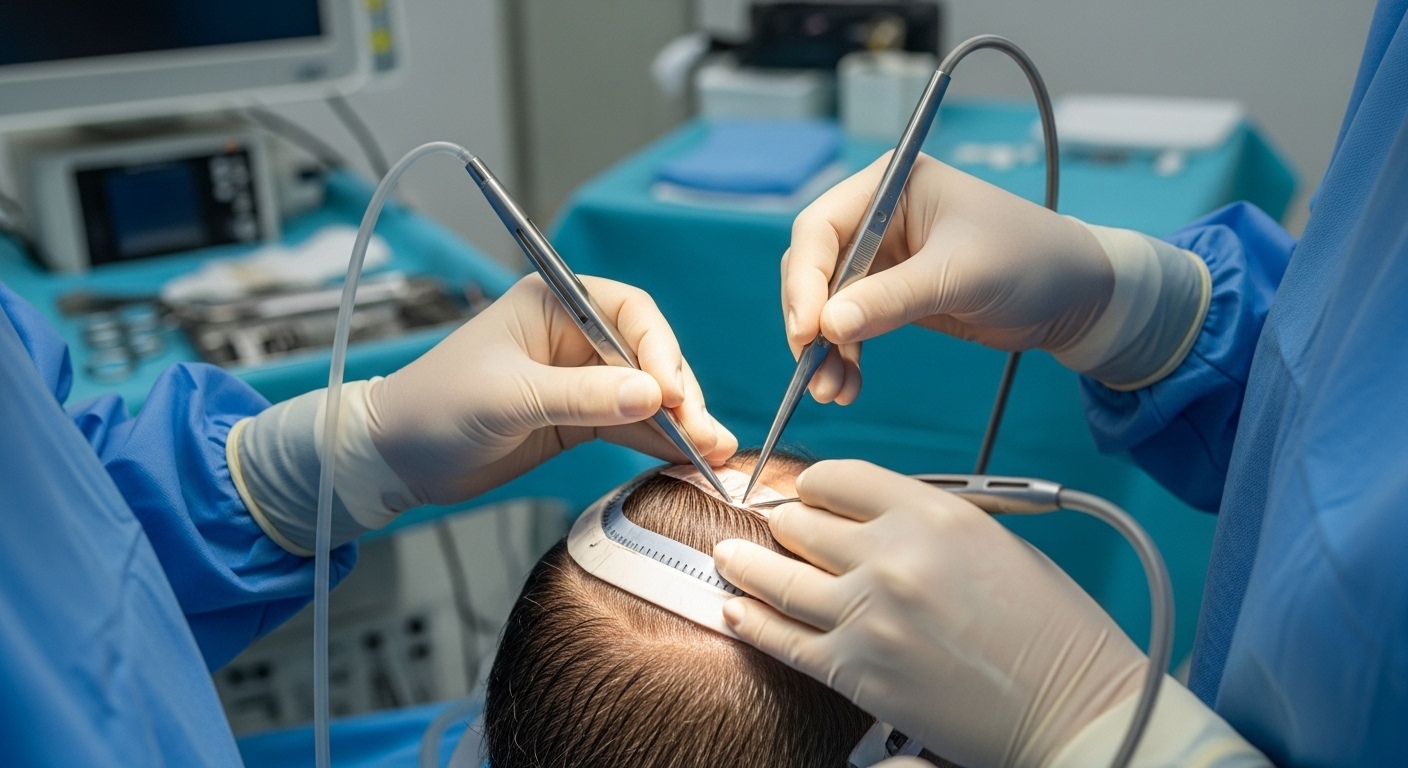Rhinoplasty: Reshaping Your Nose for Enhanced Facial Harmony
Rhinoplasty, commonly known as a "nose job," is a cosmetic surgical procedure that reshapes the nose to improve its appearance and, in some cases, its function. This popular facial plastic surgery can address a wide range of concerns, from refining the nose's size and shape to correcting structural issues that may affect breathing. As one of the most transformative cosmetic procedures, rhinoplasty has the power to enhance facial balance and boost self-confidence.

The surgery typically involves making small incisions either inside the nostrils (closed rhinoplasty) or across the columella, the strip of tissue between the nostrils (open rhinoplasty). Through these incisions, the surgeon can access and reshape the underlying nasal structures. Common techniques include removing excess bone or cartilage, adding grafts to build up certain areas, and refining the nasal tip or bridge.
Why do people choose to undergo rhinoplasty?
There are numerous reasons why individuals opt for rhinoplasty. Some of the most common motivations include:
-
Improving facial harmony: A disproportionate nose can disrupt overall facial balance. Rhinoplasty can create a more harmonious relationship between the nose and other facial features.
-
Correcting structural issues: Some people undergo rhinoplasty to address functional problems, such as a deviated septum or other structural abnormalities that impair breathing.
-
Enhancing self-confidence: Many patients report increased self-esteem and confidence after rhinoplasty, as they feel more comfortable with their appearance.
-
Repairing injury or birth defects: Rhinoplasty can correct nasal deformities resulting from accidents, injuries, or congenital conditions.
-
Refining specific nasal features: Patients may seek to address particular aspects of their nose, such as a prominent bump on the bridge, a drooping or upturned tip, or overly wide nostrils.
What are the potential risks and complications of rhinoplasty?
As with any surgical procedure, rhinoplasty carries certain risks and potential complications. It’s crucial for patients to be aware of these before deciding to undergo the surgery:
-
Infection: Although rare, there is a risk of infection following the procedure.
-
Bleeding: Some patients may experience nosebleeds or prolonged bleeding after surgery.
-
Scarring: While incisions are typically well-concealed, there is a possibility of visible scarring, particularly with open rhinoplasty.
-
Breathing difficulties: In some cases, changes to the nasal structure may lead to temporary or permanent breathing issues.
-
Unsatisfactory results: There’s a chance that the outcome may not meet the patient’s expectations, potentially requiring revision surgery.
-
Anesthesia risks: As with any procedure involving anesthesia, there are associated risks, though these are generally low.
-
Skin problems: Some patients may experience skin irritation or discoloration around the nose following surgery.
How long does recovery from rhinoplasty take?
Recovery from rhinoplasty is a gradual process that varies from patient to patient. Generally, the initial recovery period lasts about two weeks, but full healing can take several months to a year.
Immediately after surgery, patients typically wear a nasal splint for about a week to protect and support the nose. Swelling and bruising around the eyes and nose are common during the first few days but subside significantly within two weeks. Most people can return to work or school after 7-10 days, depending on the extent of the surgery and their individual healing process.
It’s important to note that while the majority of swelling resolves within the first month, subtle changes in the nose’s appearance can continue for up to a year as the tissues settle and heal completely. Patients are usually advised to avoid strenuous activities and protect their nose from impact for several weeks following surgery.
What factors should be considered when choosing a rhinoplasty surgeon?
Selecting the right surgeon is crucial for achieving optimal results from rhinoplasty. Here are some key factors to consider:
-
Board certification: Look for a surgeon who is board-certified in plastic surgery or otolaryngology (ear, nose, and throat surgery).
-
Experience: Choose a surgeon with extensive experience specifically in rhinoplasty procedures.
-
Before and after photos: Review the surgeon’s portfolio of previous rhinoplasty patients to assess their work and aesthetic style.
-
Communication: Ensure the surgeon listens to your concerns and clearly explains the procedure, potential risks, and expected outcomes.
-
Facility accreditation: Verify that the surgical facility is accredited and meets high safety standards.
-
Patient reviews: Read testimonials and reviews from previous patients to gauge their experiences and satisfaction levels.
-
Revision policy: Inquire about the surgeon’s policy on revisions in case you’re unsatisfied with the results.
Rhinoplasty is a complex and highly individualized procedure that requires careful consideration and planning. By understanding the process, potential risks, and recovery timeline, patients can make informed decisions about whether this transformative surgery is right for them. Consulting with a qualified, experienced surgeon is the best way to determine if rhinoplasty can help achieve your aesthetic and functional goals for your nose and overall facial appearance.






